
Engine hours vs miles driven during a journey are crucial for understanding vehicle performance. Although they measure different statistics, both engine hours and mileage aim to enhance the overall maintenance. Can you imagine buying a vehicle with a total mileage of 30,000 miles, but it has 40,000 total engine hours? This is exactly where those metrics come to disagreement. Hence, it is essential to differentiate between them when purchasing a car. Both data are equally crucial and help us get to know the past life of the automobile.
With this data, you can monitor your car’s health and significantly improve its maintenance. How can you do that? To accomplish this, you should thoroughly research engine hours and mileage and gather all the essential information. Stay focused and get all the necessary details provided below.
Engine hours show how long a car engine has been operating. When you compare engine hours vs mileage, it counts idle hours, time spent stuck in a traffic jam, or even on a free highway. Hence, depending on the scenario, each engine’s hours tell different stories.
According to the Department of Transportation, the Average vehicle travels 13,500 miles per year, while the average engine runs 500–700 hours per year.
Those metrics are especially important for the fleet industry. Fleet managers can track upcoming maintenance, service and estimate general engine condition on each stage of its lifespan. Fleet industry estimates that 1 engine hour equals to 33 to 50 miles of wear.
Driving habits and lifestyle are major indicators of accumulated miles and hours. In the following situations, we can see it obviously. In the first scenario, a person goes across the nation seeking adventure and travels vast distances on a seasonal basis. On the other hand, a worker traveled the same distance in a year but in small bursts daily. The traveler crossed the journey mostly on highways, avoiding major traffic jams. While the second driver had to go through the city center and was frequently caught in traffic. Even if they both traveled 50,000 miles, their engine hours would be absolutely different.
The discrepancy between record kilometers and operating hours is showcased in police cars. They often show low mileage but high hours due to idling. Now, if we accept that an industry-accepted estimate states that 1 engine hour equals 30 to 35 miles of wear, and a police car has an actual mileage of 50,000 miles with 3,000 hours accumulated, we can say that its implied mile equivalent will be: 3,000 hours * 35 = 105,000 miles. So, despite the odometer showing 50,000 miles, the car, with a lot of idle time, has more than 100,000 implied miles due to engine wear.
Automobile idle time and total driven mileage are core parts of the vehicle hours vs. mileage comparison. Car owners carefully monitor their engine hours to maintain its performance and correctly follow guidelines. Such an attitude will prolong the engine’s lifespan and enhance efficiency.

To calculate engine hours, you should use the following formula: Engine Hours = Miles / Average Speed. For example, if you covered 12,000 miles with an average speed of 60mph, your engine hours would be 12,000 / 60 = 200. This means that your vehicle’s engine has been active for 200 hours.
As you already know the formula, let’s focus on gathering all the necessary information. There are a few easy steps:
Car mileage is a statistic that shows how many miles an automobile has covered in total. If you look at this number, you will see the distance you covered. However, if used correctly, it contains much more valuable information.
Imagine you have a car with an average life expectancy of 300,000 miles. When it reaches 200,000 miles, you may expect your automobile will not last long, and changing the vehicle may be a good idea. Besides, mileage is an excellent tracking tool for maintenance programs. Many manufacturers provide maintenance recommendations depending on mileage. As a result, thorough distance monitoring will keep you on track and provide you with the information you need.
If you want to do hours vs miles conversion, you must have precise vehicle mileage. Why? Because you need three components for calculations: engine hours, mileage, and average speed. Moreover, miles and kilometers are among the most important factors that affect automobile prices. Cars with high mileage have lower prices, while the ones with lower odometers cost more.
Therefore, miles have numerous practical implications, and you can hugely benefit from this data by correctly using it.
Engine hours and mileage are two leaders of your car. Each contains valuable data about your auto, but when you combine both statistics, you get the complete picture of your automobile.
When we discuss engine hours vs mileage, we mostly look at them separately, one by one. What is the issue with this approach? By doing so, we let ourselves miss the important information that would change the whole vision. For instance, what does it tell you if you only check engine hours and see 20, 50, or 100 hours? It doesn’t show any valuable information, and you won’t be able to do deeper analyses. While you might get some idea by knowing car mileage, it’s still not all you should know.
Engine hours and mileage together can give you an idea of where the car has been employed. You will be able to identify whether it was used on highways and free roads or city centers and rough terrain. These unique assumptions can only be made once both information are considered. If you look at them separately, you’ll surely miss the point.
In the following paragraph, we will discuss cases where mileage data and operation hours are related and why it is better to consider them in combination, not separately.
Hours vs miles is a standard comparison in vehicles, and it’s usually used to improve performance. To better elaborate on its importance, let’s check some practical examples.
Case 1:
Consider a scenario in which an automobile has driven 10,000 miles. This information gives you some idea only whether the distance is high or low. Now, let’s add some details and say it has covered 10,000 miles in 400 hours. This gives you an average speed of 25mph (10,000 / 400 = 25). You can instantly notice that with that speed, the car has not been driving on a highway or long distances on a free road. The vehicle may have been used for driving primarily within the city.
Case 2:
Now, if we change the circumstances and say that 10,000 miles were covered in under 100 hours, it completely changes the outcome. With an average speed of 100mph, the automobile must have been driving on highways.
So, to compare vehicle engine hours vs miles driven, you need both data. Knowing mileage doesn’t mean anything, as 10,000 miles doesn’t say much. Neither does simply knowing whether a car’s speed is 25, 50, or 100 mph. However, when these data are analyzed together, they provide a complete picture and allow you to do numerous analyses and assessments.
As previously stated, engine hours provide vital information. When you get stuck in traffic or heading on a highway, you will undoubtedly travel through a different distance in the same amount of time. As a result, your engine hours will be significantly different in these two scenarios for covering the same number of miles.
Engine hours help detect car mileage discrepancies by comparing the recorded engine hours to the car’s odometer reading. A significant mismatch in the expected ratio of hours vs miles can indicate tampering. For instance, if engine hours suggest heavy use but the mileage is unusually low, it may signal that the odometer has been rolled back.
Engine hours provide a more accurate estimate of a vehicle’s usage, especially during idle periods when the engine runs but no miles are added. By comparing engine hours vs miles, auto professionals can assess the car’s true performance and wear. If a vehicle shows low miles but high engine hours, it indicates potential mileage tampering. Regular maintenance schedules rely on accurate readings, and discrepancies can affect the timing of oil changes and other critical services. Thus, by constant monitoring, you ensure better maintenance and preserve the car’s longevity.
Mileage discrepancies are increasingly common in today’s car market. These discrepancies make it challenging for buyers to trust odometer readings.
When comparing engine hours vs mileage, engine hours can reveal actual vehicle usage, emphasizing deviations that odometer readings might overlook.
Additionally, mileage rollback can be identified not just by collecting data from car control units but also by looking at engine hours. It tracks the actual runtime of the engine and is frequently a more precise indicator of vehicle usage. That’s why individuals started using mileage blockers unethically. The Mileage Blocker is an untraceable device, and engine hours are meaningless if the module is utilized effectively. This module contains settings that either half the recorded mileage or only record 20% of it. Plus, the more engine hours and mileage a vehicle has, the harder it becomes to detect the difference, even using engine hours. However, always remember that the device is created for car testing purposes and is NOT for unethical use.

The Mileage Blocker is the best device designed for car testing which halts the mileage recording process without leaving a trace. It prohibits the system from storing distance data in ECUs, keeping the information untraceable for scanning devices. Hours vs miles in vehicles is a consideration often overlooked, but the SKF mileage blocker ensures that detecting actual mileage is impossible with engine hours.
The SuperKilometerFilter blocker has several advantages:
You can buy the mileage blocker online from the SKF website. Remember that this tool is designed for testing and should not be utilized unethically or on free roads. If you have any questions, please don’t hesitate to contact customer support or check the detailed information in the support section.
Engine hours vs miles in cars shows the importance of considering both metrics to gain a comprehensive understanding of a vehicle’s condition. While mileage indicates the distance traveled, engine hours reveal the actual usage and wear. Together, they provide a more realistic picture of the vehicle’s health and help in accurate maintenance planning. Ignoring either data can lead to an incomplete assessment.

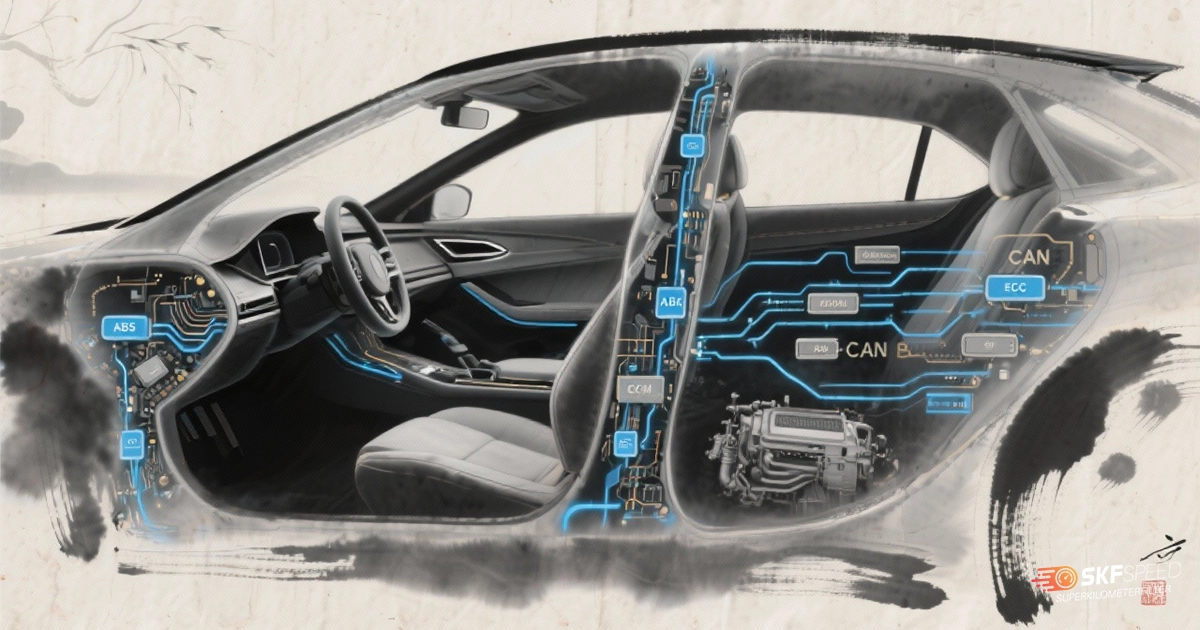
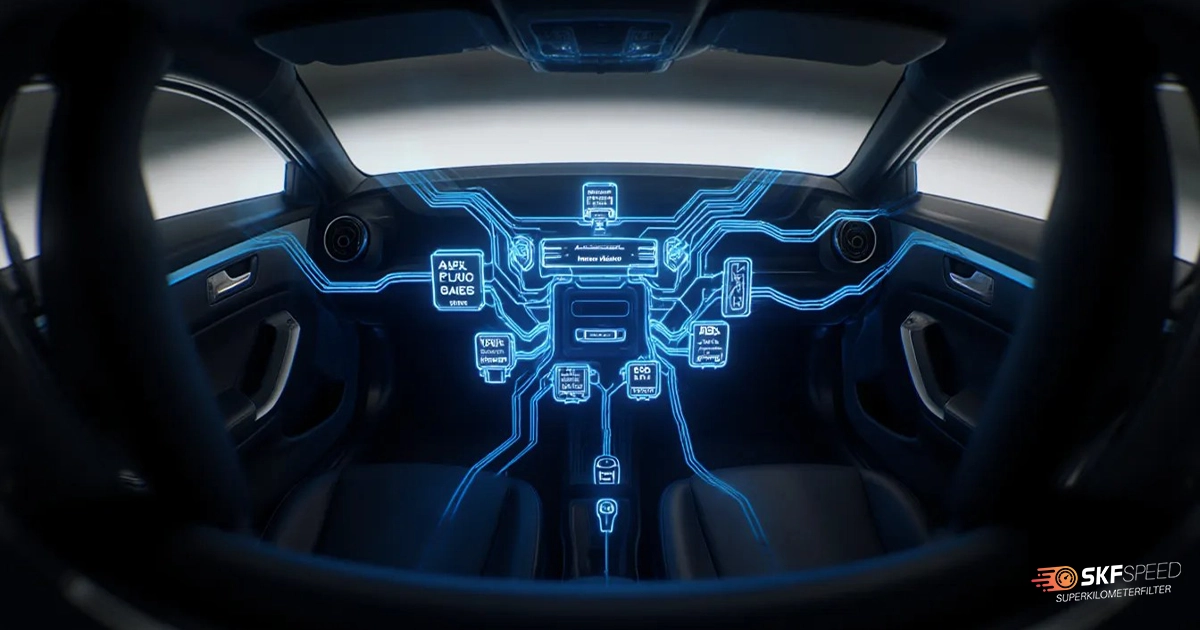
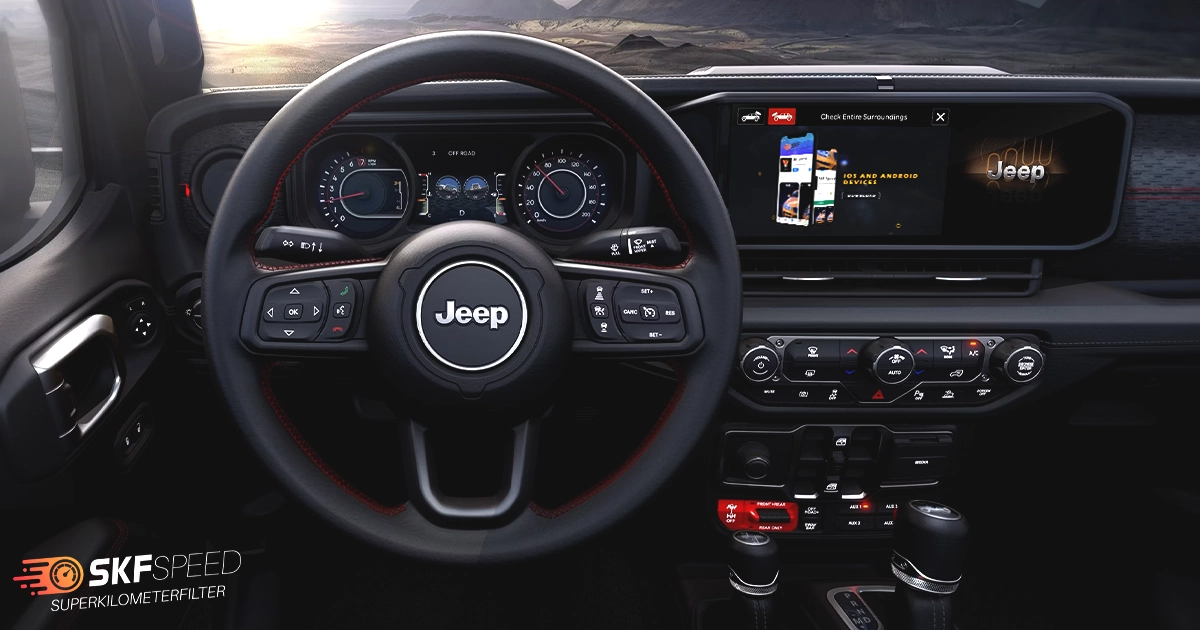

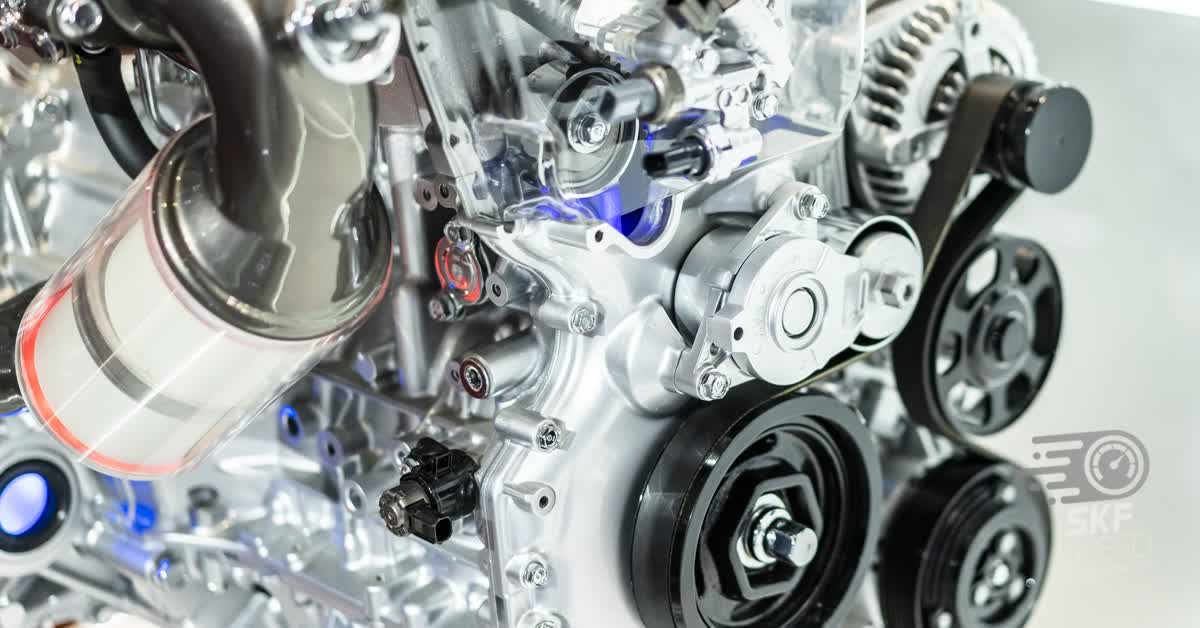
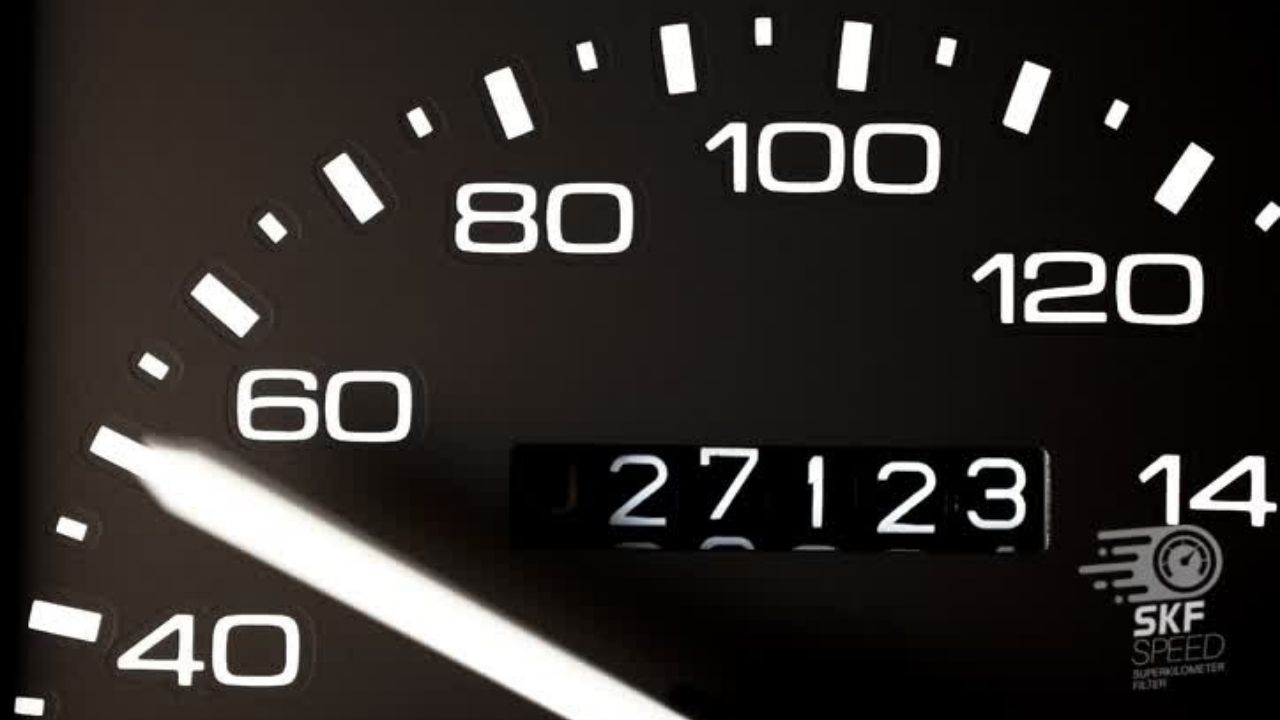
Here you will find all the details about our company
Here you will find shipping and return related information
Here you will find information on all technical questions
Here you will find helpful information about installation